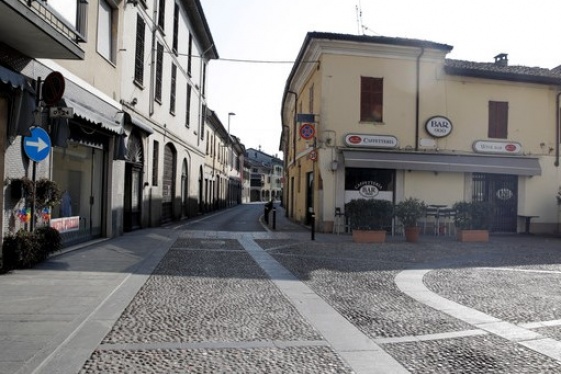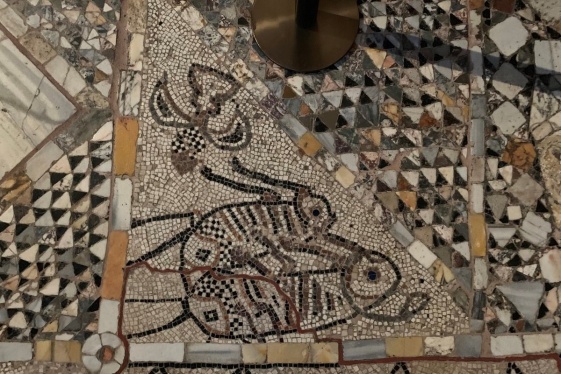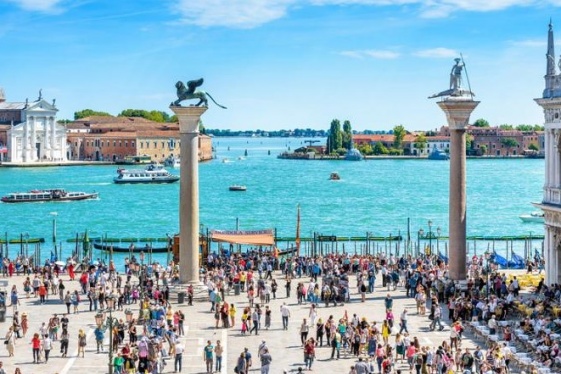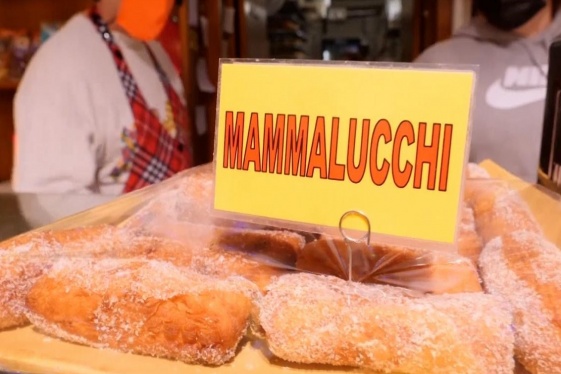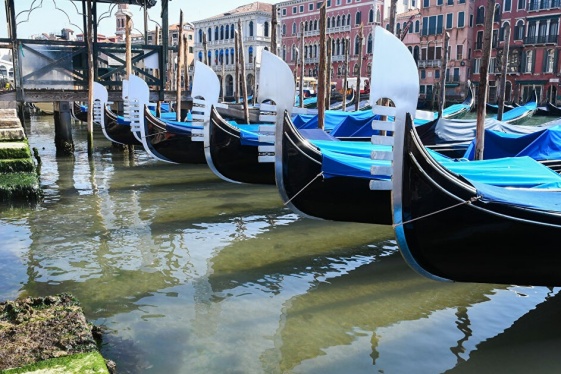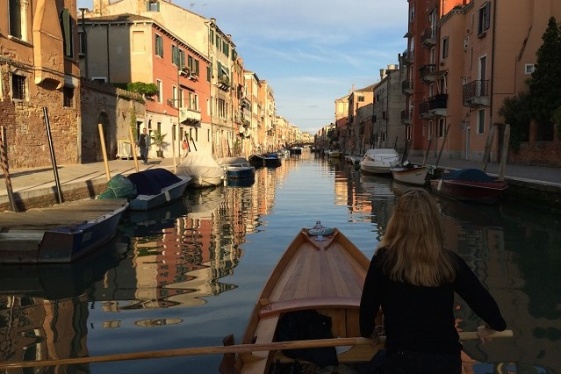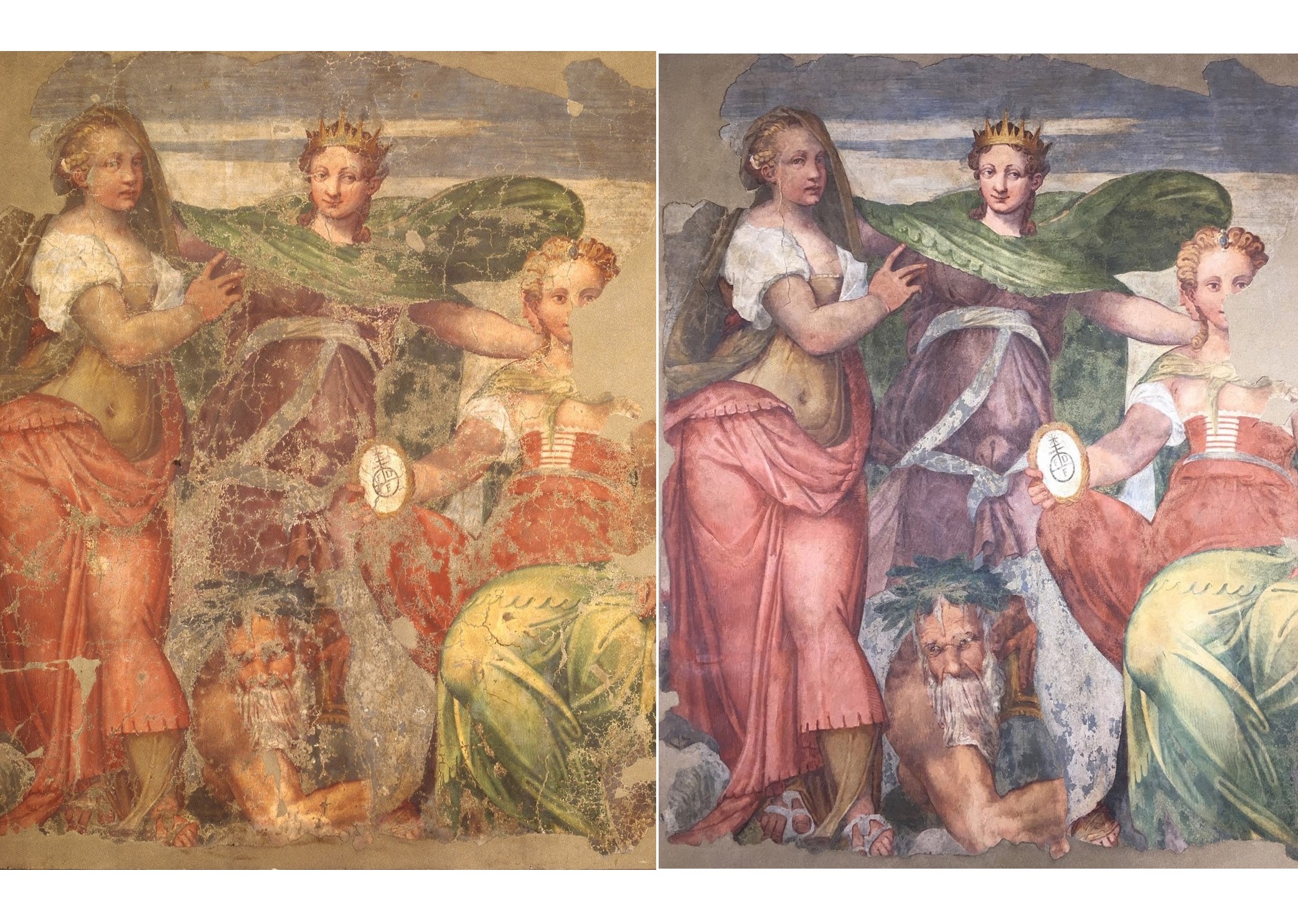

In Verona, restoration work on the “Allegorie di Verona, Rovigo and Trento by Bernardino India, one of the greatest Veronese artists of the sixteenth century, has been completed. The work is in the Museum of frescoes at the Tomb of Juliet and comes from a cycle of frescoes painted in 1555 on the southern facade of the Palazzo Fiorio della Seta, commissioned by the Veronese merchant Fiorio dei Flori. The building facing the Adige river was located at the height of the present Ponte Nuovo (New Bridge); in 1891, in view of its demolition to build the wall containing the water, the paintings were torn, placed on a new support and preserved in the Civic Museums.
The restoration of the work began last March, giving the public the opportunity to see the fresco for the duration of the work. This has also allowed the realization of guided tours promoted for the occasion by the Direction of the Civic Museums of Verona, the main supporter of the project, with a donation of 20 thousand euros for the year 2019. The occasion was also to promote the museum of frescoes G.B. Cavalcaselle as part of a rich calendar of initiatives organized for the celebrations of the bicentenary of Giovanni Battista Cavalcaselle, including, in particular, the restoration of the fresco by Bernardino India.
The work depicts a woman in the middle, personification of the city of Verona, with at her feet the Adige river represented as an elderly man with a beard. On the right there’s the city of Rovigo with part of a vase with the inscription "Eridanus", of which only the letters US remain. On the left we fid the city of Treviso with the three faces of a woman as from the Latin etymology of her name, which bears in its hand the oval coat of arms of the client with the initials FDF. The painting was part of a trompe l'oeil of grisailles made by India’s master, Domenico Brusasorzi: a two-coloured painting that divided the façade into five horizontal bands, accentuating the marking of the floors in imitation of Renaissance palaces with sculptures and low reliefs on the façade.
Bernardino India is an exponent of the sixteenth-century art that has its roots in the Emilian currents derived from Parmigianino and the strong Venetian tradition. Mannerism and Venetian painting merge to create a style of great effect that India skillfully handled especially with the chiaroscuro, making them stand out on almost black backgrounds and in the combination of very bright colors approaching the style of his famous contemporary Paolo Veronese.
Very interested also in architecture, India collaborated with architects such as Sanmicheli and Palladio, of whom he decorated part of the Villa Pojana completed in 1563. Again Bernardino India interprets the classic theme of the exempla virtutis (example of virtue) emperors with amiable gracefulness, to preserve only the evasive and disengaged liveliness of the set. The small adjoining room is also remarkable, with landscapes in the lunettes and grotesques on the walls and the cross vault, where the artist shows his remarkable mastery of the graphic sign and to a brilliant and refined colouring: the unusual intersection between landscape and old-fashioned decoration here recalls the decorations of the Raphael school in the dressing room of Cardinal Bibiena Bernardo Dovizi, in the Vatican palaces, or in the small bathroom of Clement VII in Castel Sant'Angelo.
You may be interested
-
Pavarotti. Il mondo di Big Luciano. Anteprim...
Il mondo di Luciano Pavarotti e la sua grande carriera di cantante lirico rivivranno il 23...
-
'Alone': How Italian town with 1st known viru...
Italy delivered the first shocking confirmation of locally transmitted coronavirus infecti...
-
'Dragon Bones' of Santa Maria e San Donato
The Basilica of Santa Maria e San Donato dates to the seventh century, back when the islan...
-
'I've enjoyed every moment' - USMNT's Gianluc...
Busio moved to Venezia in August 2021, with the club breaking its own transfer record to s...
-
'Italy Stay Strong': What the Coronavirus Eme...
“Venice is in my blood,” says tour guide Nadia Danesin, the founder of Friend in Venice, h...
-
'Mammalucchi': The Venetian pastry delicacy c...
Lovers of the Venice Carnival know it means masks and costumes, but also tasty delicacies...
-
'Nature is taking back Venice': wildlife retu...
Look down into the waters of the Venice canals today and there is a surprising sight – not...
-
'Rowing in Venice is unique - it's the closes...
The gondola is an Italian icon, and tourists around the world dream of taking a trip on on...




